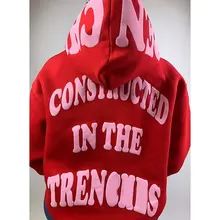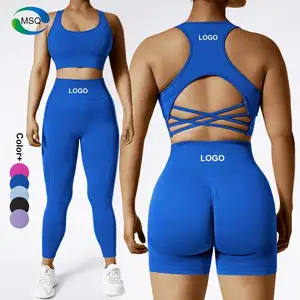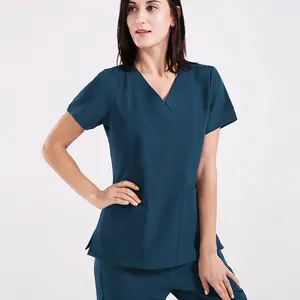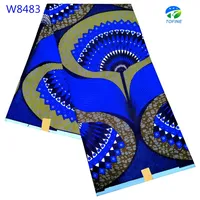
The evolution of women's workwear has mirrored societal changes throughout the 20th century. Initially, women in domestic service had little say in their attire, wearing uniforms dictated by employers. Contrastingly, factory workers enjoyed slight freedom, personalizing their looks under practical aprons.
The 1920s marked a significant shift as women, newly enfranchised, began to express newfound freedoms through fashion. 'Flapper' dresses with raised hemlines and relaxed waistlines replaced restrictive corsets, reflecting the era's spirit.
World War II's impact brought practicality to the forefront, with women's workwear consisting of durable fabrics and minimal accessories, suitable for their roles in agriculture and industry. Post-war, a return to traditional femininity saw simple tea dresses paired with soft hairstyles and makeup.
The 1950s and 1960s introduced conservative yet evolving office attire, with the latter decade embracing youth culture's influence through shorter skirts and modernized silhouettes. The 1970s feminist wave brought diversity in workplace fashion, with trousers and dresses both vying for acceptance.
The 1980s 'power dressing' with bold shoulder pads and accessories symbolized women's burgeoning workplace authority. In contrast, the 1990s pared back to minimalism, with more subdued colors and shorter hemlines, setting a new tone for professional women's attire.















































 浙公网安备 33010002000092号
浙公网安备 33010002000092号 浙B2-20120091-4
浙B2-20120091-4